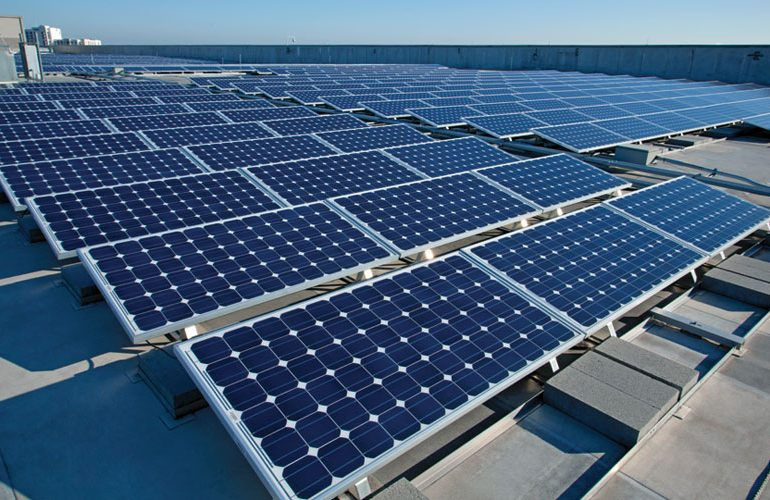Sustaining the Environment through Solar Energy
- Reon Energy
- Jun 26, 2023
- 2 min read
In an era marked by increasing concerns about climate change and the depletion of natural resources, the shift towards sustainable and renewable energy sources has become a global imperative.
Among these sources, solar energy is a promising solution with numerous environmental benefits. Let's explore the significance of solar energy in sustaining the environment, creating a cleaner and greener future. Get the best solar energy solution.
Harnessing the Power of the Sun
Solar energy is derived from the radiant light and heat emitted by the sun. Through the use of solar panels, also known as photovoltaic (PV) systems, this energy can be harnessed and converted into electricity. Solar panels consist of individual solar cells made of semiconductor materials that generate direct current (DC) electricity when exposed to sunlight.
As the visionary entrepreneur Elon Musk, once said, "The sun is a gigantic fusion reactor in the sky." Solar energy taps into this abundant and renewable resource, providing a sustainable alternative to fossil fuels and reducing our reliance on non-renewable energy sources.
Reducing Greenhouse Gas Emissions
One of solar energy's most significant environmental benefits is its ability to reduce greenhouse gas emissions. Traditional energy production methods, such as burning fossil fuels, release large amounts of carbon dioxide (CO2) and other greenhouse gases into the atmosphere. These gases contribute to the greenhouse effect and global warming.
Conserving Water Resources
Another critical environmental advantage of solar energy is its minimal water usage compared to conventional power generation methods. Traditional power plants, particularly those fueled by fossil fuels, require vast amounts of water for cooling and steam generation. This significantly strains water resources, especially in regions prone to water scarcity.
Solar energy, on the other hand, requires little to no water for operation. The photovoltaic process generates electricity directly from sunlight, eliminating the need for water-intensive cooling systems.
Preserving Natural Landscapes
Solar energy systems, such as solar panels, can be installed on various types of land, including rooftops, parking lots, and even unused or degraded land. This versatility reduces the need for new land development, minimizing the impact on natural landscapes and habitats.
Promoting Energy Independence and Resilience
Solar energy offers the potential for greater energy independence and resilience. Individuals, businesses, and communities can reduce their reliance on centralized power grids and the associated transmission losses by generating electricity on-site. This decentralization of energy production helps enhance energy security and mitigate the impact of power outages or disruptions.
Conclusion
Solar energy presents an incredible opportunity to sustain the environment and combat climate change. By harnessing the power of the sun, we can reduce greenhouse gas emissions, conserve water resources, preserve natural landscapes, and promote energy independence. Embracing solar energy is crucial to creating a cleaner and greener future, ensuring a sustainable planet for future generations.




Comments